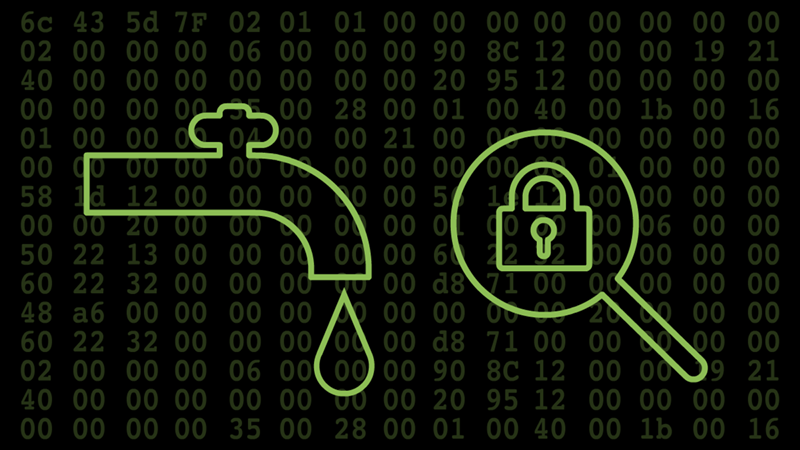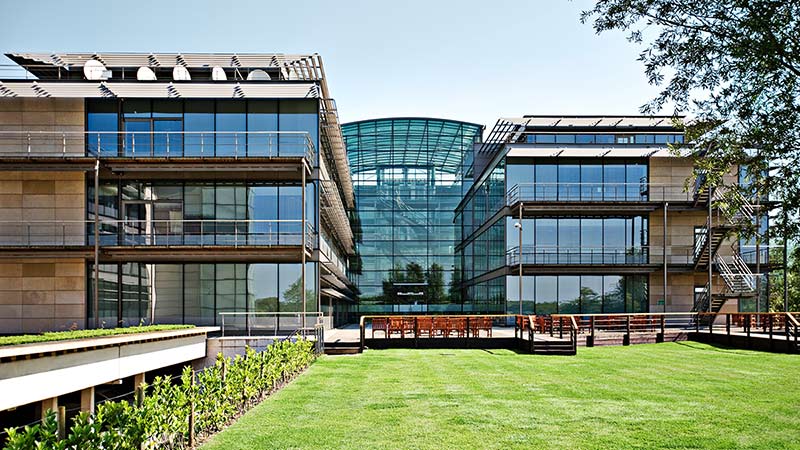When hackers threatened the water supply in Oldsmar, Fla., last month, it highlighted the critical importance of these utilities — along with their placement in the cross hairs of cybercriminals around the world.
“Since Florida, a lot of folks have become aware that this very possibly could happen to their utilities,” said Sielen Namdar, Cisco’s global water business lead. “And the last thing utilities want is to endanger the public.”
Unfortunately, too many water utilities depend on backward technologies, with little visibility into just what is happening in their networks or physical infrastructures. In Oldsmar, for example, hackers took advantage of a remote-access system that was beyond the utility’s security perimeter. And when levels of lye approached dangerous levels, it was blind luck that an operator happened to notice.
The good news is that modernized networks, Internet of Things technologies, and top-flight security solutions can create unprecedented visibility and protection for networks and physical infrastructures. So, operators can be alerted to everything from leaks and impurities to cyberattacks and physical threats.
Albuquerque’s water and sewer utility is one agency that’s taking these threats seriously. It’s working with Cisco to modernize its technology and future-proof its operations. This includes extensive IoT sensors to monitor the physical infrastructure and water conditions.
It’s a very powerful solution designed for bringing full visibility into industrial control systems, especially for that space where IT and OT converge.
Sielen Namdar, Cisco’s global water business lead
“A water leak in a place like Albuquerque is huge, because we live in a desert,” said Kristen Sanders, Chief Information Security Officer at the Albuquerque Bernalillo County Water Utility Authority. “But instead of sending a person out to examine a leak a month after it started, we know right away. It’s a huge benefit.”
Cody Stinson, Chief Information Officer for the Water Authority, explained how Cisco’s Customer Experience organization (CX) partnered with his team to bring an all-new dimension of security and visibility into his network infrastructures — while also bridging the silos separating IT and OT.
“We saw the lack of visibility into networks, the lack of visibility into servers, the lack of physical security and cybersecurity that existed with these places,” he said. “And the team on the operations side just didn’t have the capabilities to address a problem, even if they knew it was happening.”
Fast responses for real-time problems
To remedy that situation, Stinson and his team worked closely with Cisco Country Digital Acceleration and Cisco CX. The Cisco teams supported a complete network refresh and added key solutions like Cisco Cyber Vision, an asset inventory and threat detection tool for industrial control systems that gives both IT and OT teams intuitive and clear visibility into all that’s happening. With Cyber Vision embedded in the industrial network equipment providing constant, automated monitoring of Albuquerque’s networks and physical infrastructure, teams are quickly informed when anything goes awry.
“You can drill down into the network,” Sanders said. “You can see what protocols are running, which machines are talking to what, and what they are saying. And you can set alerts against actual baselines of normal behavior. So, with something like the Florida incident you’d be alerted immediately.”
See also: Carlsbad, CA CIO talks vaccine distribution and smart city transformation
Namdar stresses that Cyber Vision is all about holistic visibility into even the most complex industrial systems — along with easy-to-access insights on one unified platform.
“It’s a very powerful solution designed for bringing full visibility into industrial control systems,” she said, “especially for that space where IT and OT converge. And on the operations side, they often don’t have a whole lot of visibility into what’s connecting and what’s not connecting or whether people have permission or access.”
A common problem with cyberattacks is that security teams simply don’t know they’re happening, leaving hackers free to steal secrets or disrupt operations for weeks, days, or months.
“I never say never with cybersecurity,” Stinson said. “But I feel very comfortable with what we have in place to avoid these situations. If a hacker is breaking in and mucking about with our systems, we’re going to know about it really quickly.”
At a time when budgets are tight, it can be tough for water utilities to justify network upgrades or enhanced security. But as in so many other industries, the pandemic revealed the critical need to accelerate digital transformations. And Sanders and Stinson both stressed that cost savings down the road outweigh upfront expenses.
Cisco Cyber Vision, for example, cuts costs for additional security hardware, cabling, etc. to monitor operations. And by using Cisco Webex and Duo Security, Albuquerque’s Water Authority was able to send much of its workforce home with little disruption. And close collaboration — along with remote viewing of networks and water systems — remained unchanged.
“We can pull all that data in wherever we are,” Sanders said, “and have visibility into exactly what’s going on. And with Duo we can validate which person authenticated and map the exact geo location.”
“We live on Webex now,” added Stinson. “I’m on it all day, every day, bar none.”
Digital solutions for a thirsty planet
As water challenges and cyberthreats continue to grow, digitization will only accelerate in importance. And Namdar sees Cisco playing an ever-expanding role.
“Water utilities and other critical infrastructure entities choose to partner with Cisco because we’re constantly innovating on the latest and greatest solutions,” she said. “And when we deploy a solution, it’s not over. We constantly upgrade, to make sure that our customers are ready for the more sophisticated hacks that will be coming.”
See also: Between apps and security, Cisco builds a bridge
But Namdar is especially excited to see digital technologies help many more people around the world gain access to clean, drinkable water.
“The beauty of technology,” she said, “is that as its automated, it’s more efficient. And as it becomes more OpEx than CapEx, it’s easier to fund. That makes it easier for developing countries.”
On a planet contending with climate change, pollution, and overpopulation, constant innovation will be critical.
“We’ll be able to bring clean water to a lot more communities,” Namdar concluded. “And every single drop counts.”
###
We welcome the re-use, republication, and distribution of "The Network" content. Please credit us with the following information: Used with the permission of http://thenetwork.cisco.com/.




